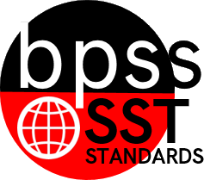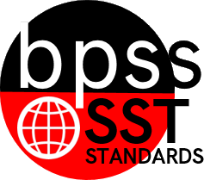2nd Grade Social Studies (Archived)
 BPS District Social Studies Standards Book
BPS District Social Studies Standards Book
SST-02 "I can ... statements"
1st Grade Social Studies
2nd Grade Social Studies
4th Grade Social Studies
5th Grade Social Studies
7th Grade Social Studies
8th Grade Social Studies
| Standard 3: Economics |
SST-02.3
Narrative for the Economic ConceptsThrough active learning experiences, students in the second grade are able to apply thinking and decision-making skills within the context of their school and neighborhood. Students examine events and changes that might take place in the future. Students also identify the rights and responsibilities of members of the school and neighborhood and explain why communities have rules and laws. They should have opportunities to engage in problem solving and participate in the development of classroom rules. They should have the opportunity to use a variety of means for gathering and organizing information. In the economics standards, students describe how people in a community use productive resources, create a variety of businesses and industries, specialize in different types of jobs, and depend on each other to supply goods and services Calculation Method for StandardsStandards are larger groups of related benchmarks. The Standard Grade is a calculation of all the related benchmarks. Click on the benchmark name below each Standard to access the learning targets and proficiency rubrics for each standard's related benchmarks. | |
SST-02.3.02
Student Learning Targets:Knowledge Targets
Proficiency Rubric
ResourcesWebsites Helping Your Child With Social Studies Social Studies in Second Grade
Vocabulary
| ||||||||||||||||||||||||||||||||||||||||

 Standard 3:
Standard 3: